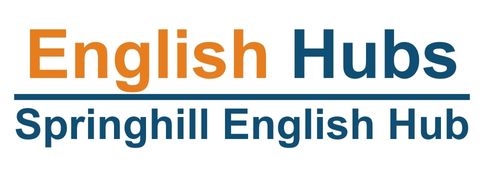How we prioritise our support

How we prioritise our support
We have not set an eligibility cap for support, which means that any school that applies is eligible for support.
However, we are required to prioritise applicants based on the following criteria:
-
Schools who are in Priority Education Investment Areas (PEIA) or Education Investment Areas (EIA) will be prioritised over schools who are not.
-
Schools with a lower percentage than national average (75%) of pupils meeting the expected standard in the phonics screening check over the previous three years will be prioritised over schools with a higher proportion of pupils meeting the expected standard.
-
Schools with a greater proportion of children eligible for the pupil premium (national 27%) will be prioritised over schools with a lower proportion. Where schools have a similar proportion of pupils meeting the expected standard in the PSC, this criterion should take precedence: the school with the highest percentage of pupils eligible for pupil premium will be offered support.
-
Schools referred to the hub by National Leaders of Education as part of the 2018/19 ‘at risk’ school improvement offer will have priority for support: all schools referred as part of this programme should be offered support to develop an action plan at a minimum. However, these schools will not automatically have priority for other elements of the support offer, which will be offered in accordance with the prioritisation criteria below.
-
Schools with an Ofsted category RI or I will be prioritised over schools with a Good or Outstanding rating.
-
Alongside PSC scores we will take into account a school’s Key Stage 1 reading scores. If a school’s KS1 reading results are below average, as well as the percentage of pupils meeting the expected standard in the PSC, then we may assume that there is a problem with the teaching of early reading in the school. But KS1 results alone will not be enough to be prioritised for the programme – this criterion will be used to provide more colour to what is happening in reading in the school, that we might not be able to glean from PSC results alone.
-
If a school is within an Opportunity Area, this should be taken into account. For example, all else equal, schools in Opportunity Areas will be prioritised over schools which are not.
We will assess the school’s capacity for improvement, based on our assessment of any other relevant support the school is receiving and information the school provides about what it hopes to achieve through the programme. The engagement of the Headteacher is vital when selecting schools for intensive support and funding.
